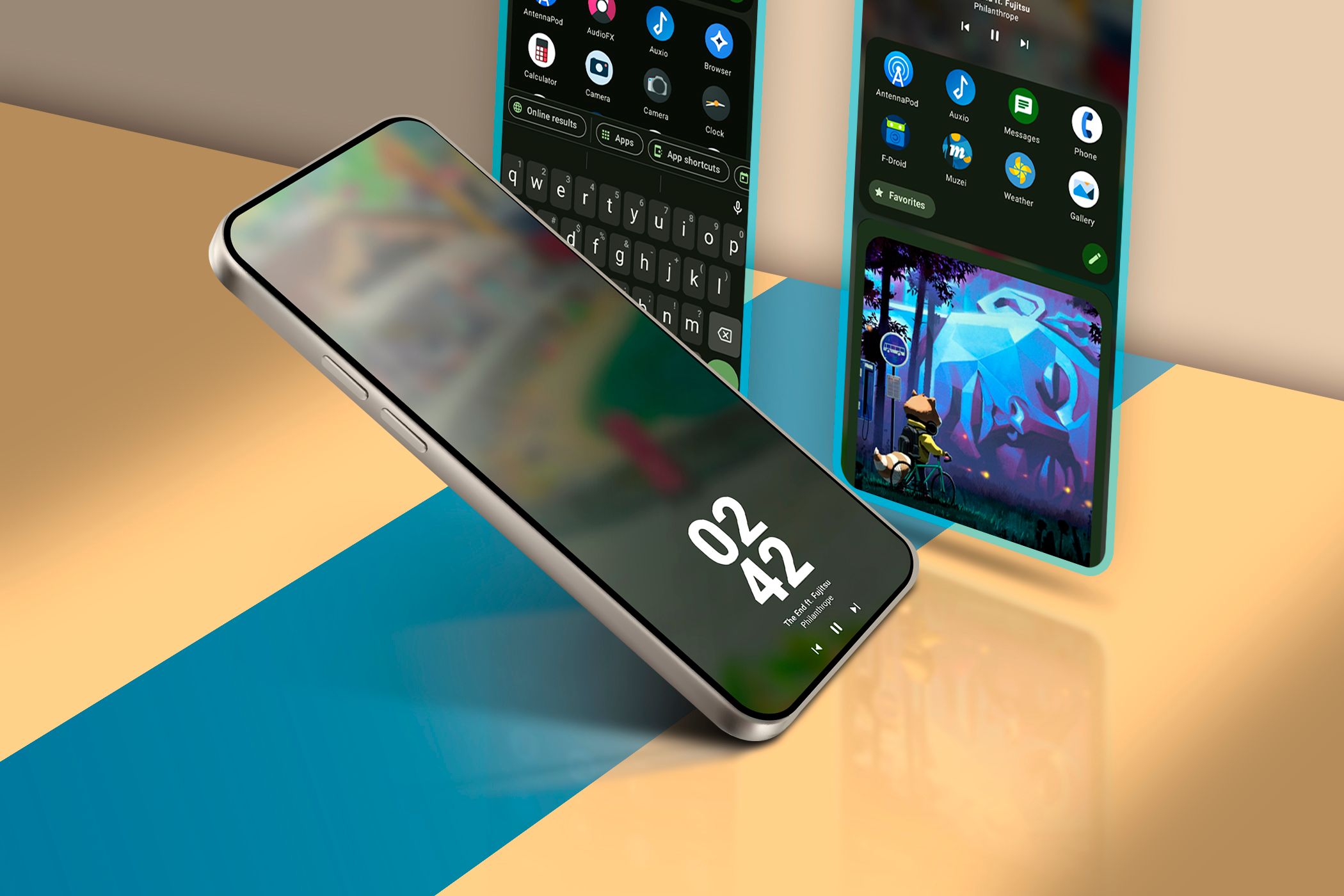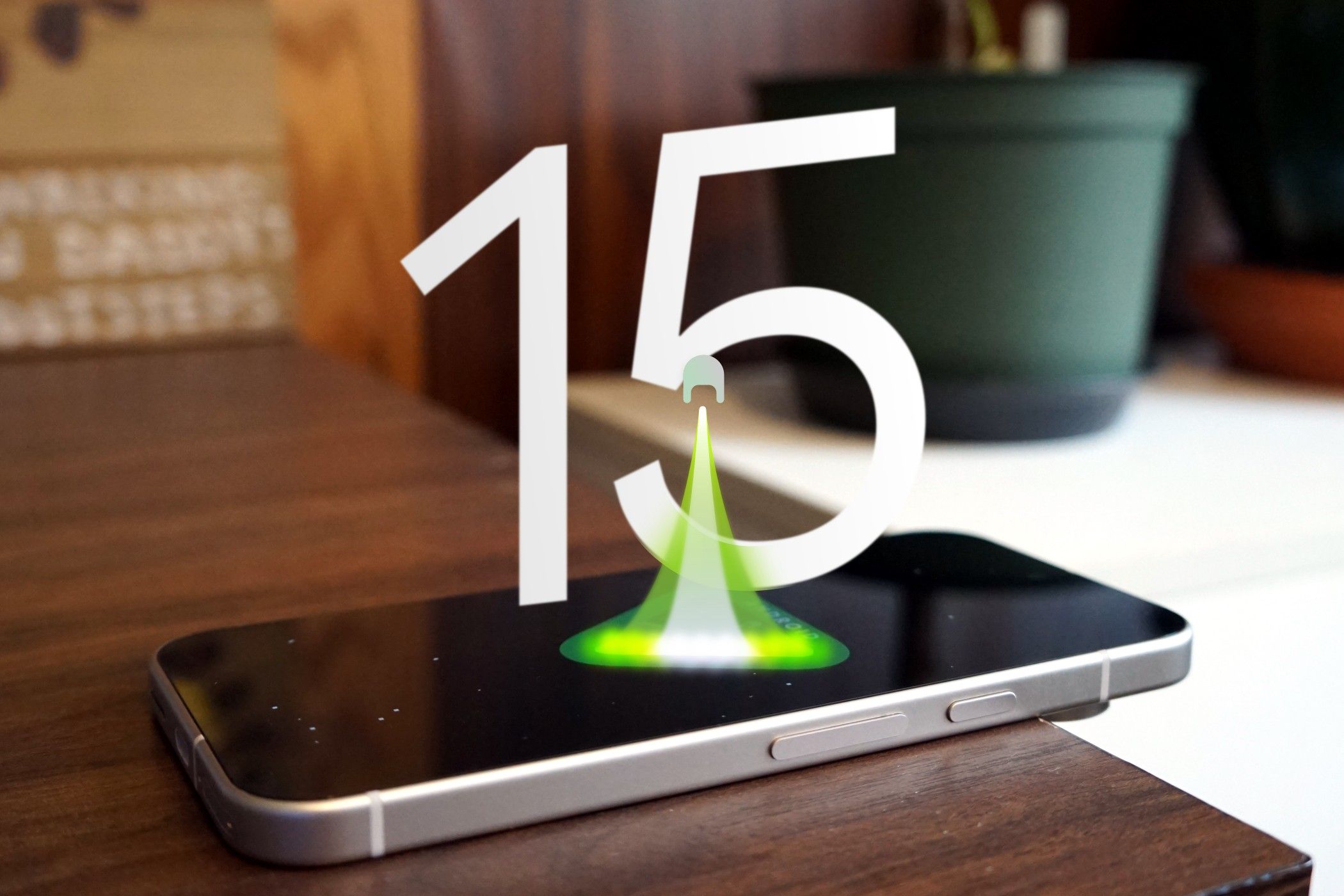Get Ready for More Frequent Android Updates
Android
We’re used to seeing Android release new versions every year, with new additions in the form of feature drops throughout the year that aren’t really “software updates.” Now, it appears Google wants to give us mid-cycle releases to complement once-a-year major updates.
Google has announced a slew of developer-focused changes to Android, Google Play, and Android Studio itself. Most of the news is only important for app developers, but there is one interesting bit of information: Google is now shifting Android towards a more frequent SDK release schedule, planning to release two new SDK versions in 2025 rather than one.
A new Android SDK Platform version is released every year with every new major Android update to match the new API version that’s tied to that update. This year, for example, the Android SDK Platform 35 was launched in June as the SDK for developing apps for Android 15, API version 35 Android 15 wasn’t actually released for a few more months, but the final SDK is released whenever the APIs are finalized and the new OS version is considered feature-complete.
Two new SDK releases per year means that Android 16, the next version of Android, will be API version 36 and will then be followed by a minor version with API version 37. Whether it will be called Android 16.1 or something else is something we don’t know as of the time of writing—we don’t know how, or even if, Google is planning to brand it any differently than regular Android 16. What we do know is that, while we’ve had mid-cycle releases, they’re rare. The last time we saw one was Android 12L, which was basically Android 12 but with a few changes to better support devices with bigger screens. Before that, we had Android 8.1, 7.1, and 5.1, so that’s a total of four mid-cycle Android releases since Android 5.0 was launched ten years ago.
It’s too early to tell whether Google will keep doing this after 2025 or if this is a one-off thing, but it probably would be a good move if it’s a new, permanent policy. Apple tends to do not only just one, but several mid-cycle releases following a major iOS update, all of which add minor but useful additions. This is a gap Google wanted to fill with feature drops, which mostly apply to Pixel phones only, but with a mid-cycle release, it could roll out more impactful updates throughout the whole Android ecosystem.
Other developer-focused changes that are part of this announcement include the introduction of Custom AI Transforms in Android Studio, enabling developers to directly modify and refactor code using Gemini. This means tasks like generating code, fixing bugs, and improving performance can be done more efficiently with the help of AI. Additionally, the new Prompt Library allows developers to save and reuse frequently used prompts, streamlining workflows and eliminating repetitive tasks.
Testing and debugging also get a boost with the upcoming “Journeys” feature. Developers will be able to define end-to-end tests using natural language descriptions, making the process simpler and more accessible for all skill levels. Furthermore, Gemini can now analyze code changes and automatically generate informative commit messages, saving developers time and effort.
Google announced a few more changes coming to the Google Play Store for app developers. A new portrait video content format allows for a more immersive full-screen experience in app listings, while an interest picker helps users discover apps tailored to their preferences. Smaller feature additions for the purchase workflow are also present, such as abandoned cart reminders.
These updates are coming over the course of the coming weeks, while we’ll know more about the upcoming Android 16 mid-cycle update over the coming months.
Source: Google















